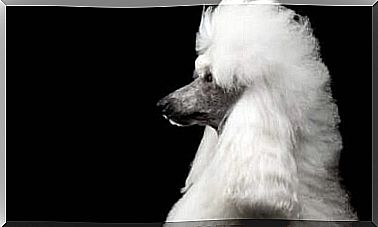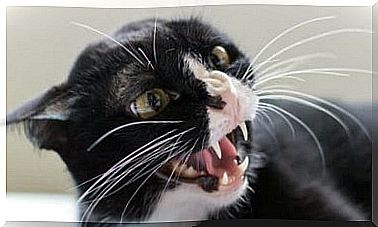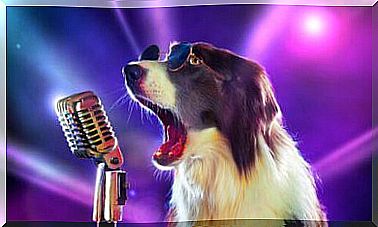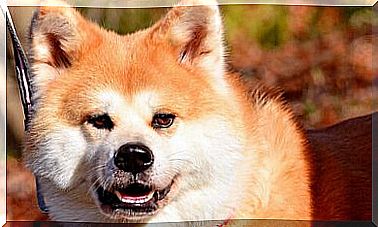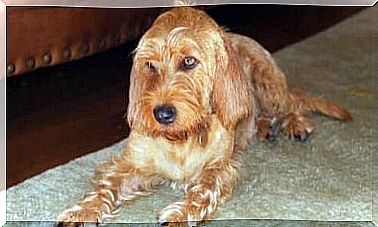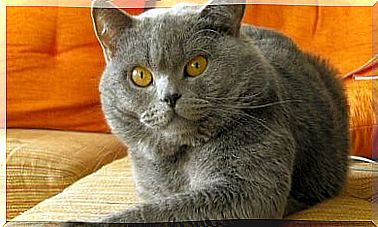American Bully: Appearance And Personality
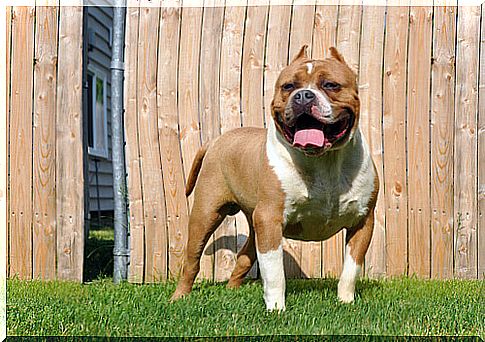
The American bully is a breed recognized by the United Kennel Club, the American Canine Hybrid Club and the ABKC. It is not a very old breed, as it was officially recognized in 1990, although the first dogs appeared around 1980.
If you want to know more about this animal, we’ll tell you all about it! Despite the “tough guy” face, his personality and behavior always surprise us.
Everything you need to know about the American bully
Source
The American bully was a dog that was born from the desire to create a docile animal, which could be a pet, but which, at the same time, had a brave and strong appearance.
The problem then was that all dogs that looked like that had been trained for fights, so they were aggressive.
Before the Pitbulls, David Wilson was interested in a type of dog known as Amstaffs (American Staffordshire Terrier), with a very peculiar blue color. From this breed, the breed called the American bully began to develop.
The color of the Amstaffs caught his attention, as it was not normal to see such a hue in a dog. His stout little body attracted the attention of many as well. These aficionados began to breed dogs of this breed, mixing them with the English, French and American Bulldog, and also with the Pitbull.
The different dogs they mixed with gave birth to the American bully in different versions: normal, classic, pocket and XL. However, only the regular is officially recognized as a pure breed.
American bully characteristics
Ears
Their ears, in general, are short, although in some cases they are long. It is possible that breeders cut them at birth.
weight and body
They can weigh between 35-40 kilos, which is a lot due to their size. Its body is muscular, heavy and with well-marked ribs in the back. Its muscles are well separated, which allows it to have a broad and robust chest, a very characteristic feature of the breed.
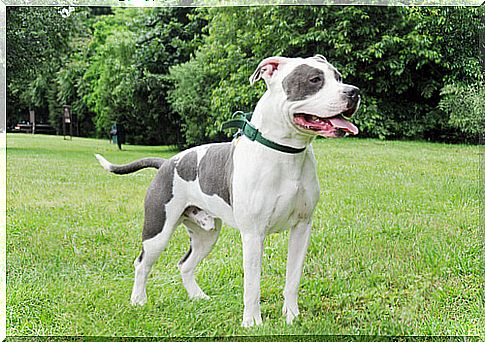
Color
It doesn’t matter the color of your eyes, muzzle or fur. All are accepted, although the most common is a bluish tone with a white spot on the chest.
Tail
Its tail is very short compared to its body, which, although small, is long and robust. There are many breeders who also cut it, like ears.
paws
Your feet must be very straight, without deformation, although if the feet tend to go a little outwards it is accepted, but your feet will always be very rounded and large.
Personality
The American bully is a dog that was born from the desire to have a dog that looks like a “little boar”, but with the personality of the sweetest of puppies. And this is really what defines this breed.
It is an ideal dog to be with families, especially those with children. They are playful, something that will delight the little ones.
This is not an aggressive dog. Remember that there are no dangerous dogs, but rather ill-mannered furry dogs. If the American bully is well socialized with other animals and people, from an early age, you will have no problem with him.
Also remember that there are ways to tell if the animal has imprinted well.
He is a very loyal dog and he always takes good care of his. Without a doubt, it is an ideal pet for the whole family.
Special cares
Due to his large weight compared to his body, you need to be aware of the amount of food he eats, and his diet should not be high in fat. This dog will need to exercise frequently, although resistance exercise is not necessary as his flat muzzle causes him to have minor breathing problems. Moderate but constant exercise.
This is a breed that loves cleanliness, so your daily cleanliness will be vitally important to your emotional health.
We have already seen that, without a doubt, appearances can be deceiving. The American bully can appear to be a rough and robust dog, which could make us think that his behavior is the same. Note that nothing is further from reality. Will this breed be your next pet?
